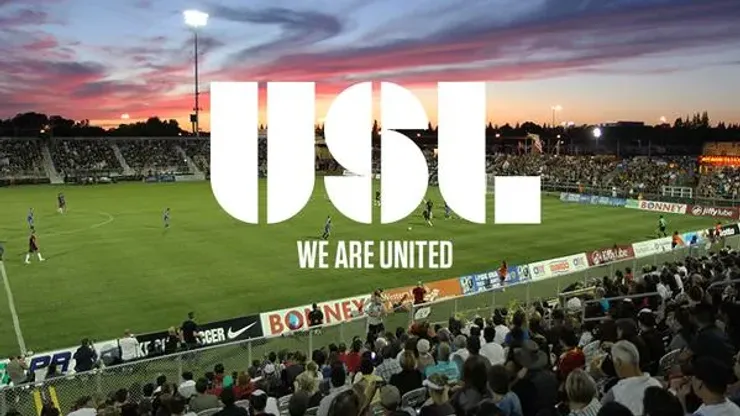Often times, the United Soccer Leagues are forgotten. Certain elements of the American soccer press behave as if nothing exists in professional soccer below the first tier MLS. It can be argued that USL has not done enough to foster relationships with the press, but deference towards MLS leads many writers to simply ignore USL lock, stock and barrel.
USL’s structure has led several club to breakaway and form a new professional league, the NASL for 2010. The structure of USL has also seen many professional clubs in potentially strong markets go belly up during the decade. In the meantime, MLS’ single entity structure has ensured less successful markets stay afloat, ensuring continuity in the league that USL has lacked.
Here is a partial list of former USL professional teams that went out of business this decade or dropped down to the Amateur level.
- Boston Bulldogs
- California Victory
- Carolina Dynamo
- Cincinnati Riverhawks
- Cleveland City Stars
- Indiana Blast
- Jacksonville Cyclones
- Long Island Rough Riders
- Milwaukee Rampage
- Milwaukee Wave United
- Nashville Metros
- New Orleans Storm
- Orange County Zodiac
- Raleigh Express
- San Diego Flash
- San Francisco Seals
- Virginia Beach Mariners
Some of the above teams fielded professional sides for years, but when the going got tough, they were not able to continue. One team, Virginia Beach actually had a soccer specific stadium built, because of the team’s long term professional status. The Virginia Beach complex was among the first three SSS completed in the US, along with Charleston’s Blackbaud Stadium, and Crew Stadium in Columbus.
The long list of teams that have gone out of business is just one of many talking points being used by the owners of breakaway clubs making up the NASL against the USL itself.
This decade also saw the termination of the USL’s affiliate agreement with MLS and the re branding of the USSF sanctioned second division as USL-1. It was previously known officially, and still colloquially as the A-League.
Despite the instability of its professional divisions, USL has had some success during the decade. The MLS salary structure and roster limits has often times sent very good players the way of USL clubs. Additionally, the better off USL clubs have actually been able to compete for midlevel players with some MLS teams.
But with the exception of the legendary Romario, USL has not signed the type of big name foreign player that MLS signs regularly.
Romario’s single season with Miami FC saw the 40 year old run laps around the competition, scoring goals seemingly at will once he settled in.
Montreal and Rochester could be considered the core franchises of the league, but both now have made the initial steps to leave USL and join the new NASL.
The Impact and Rhinos drew well throughout the decade (and despite some financial problems in Rochester) thus skewing USL’s attendance figures favorably.
The football itself was passable in the USL. Quality play from the Puerto Rico Islanders and Montreal Impact in continental competitions was a particular highlight. But USL’s decade was more centered around off the field intrigue than any on the field success.
While USL’s professional divisions limped through the decade, the amateur ranks (PDL) did an extremely good job of developing capable players. Among the players who passed through the PDL but did not play in MLS or a USL professional division, were Charlie Davies, Jay DeMerit, Jonathan Spector and Vedan Ibisevic.
PDL continues to have a strong regional footprint throughout the country, but the upstart NPSL has become an attractive alternative to PDL both for players and for potential club owners/operators.
200+ Channels With Sports & News
- Starting price: $33/mo. for fubo Latino Package
- Watch Premier League, Women’s World Cup, Euro 2024 & Gold Cup
The New Home of MLS
- Price: $14.99/mo. for MLS Season Pass
- Watch every MLS game including playoffs & Leagues Cup
Many Sports & ESPN Originals
- Price: $10.99/mo. (or get ESPN+, Hulu & Disney+ for $14.99/mo.)
- Features Bundesliga, LaLiga, Championship, & FA Cup
2,000+ soccer games per year
- Price: $5.99/mo
- Features Champions League, Serie A, Europa League & Brasileirāo
175 Premier League Games & PL TV
- Starting price: $5.99/mo. for Peacock Premium
- Watch 175 exclusive EPL games per season






